Heather Summerhazes Cariou recommended The International Women Writers’ Guild at http://www.iwwg.com/. She said the organization gave her help and inspiration when she was writing her book Sixty Five Roses: A Sisters Memoir. She urged everyone who could to attend their June conference at Skidmore College in upstate New York.
Alistair MacLeod recommended these books for writers. The Passion for Narrative by Jaock Hodgins and Introduction to Prose, as well as Introduction to Poetry both by X. T. Kennedy.
It is difficult to take notes while Alistair MacLeod is speaking. He has the amazing ability to set your mind spinning out all sorts of ideas for your own writing. A friend told me, “I love listening to Alistair MacLeod. He could talk to me about lint and I'd still love it.”
Here are a few snippets from his presentation.
Ask yourself, What is the story about. What are you trying to say? Ask yourself again in the middle.
The reader is influenced by images. The pictures you show create the attitude.
A good way to start a scene is to make a list of six images or details or or items from the scene.
Point of View. He suggests writers use the first person.
Every story must have conflict. Emotion rules. A strong feeling rules. Remembrances are full of emotion, full of import. They are strong enough so that you remember them. They can be the basis of a story.
Characters. Few in a short story. If you gave a character a name you have to be responsible for them. You must give information about them such as age, clothes etc.
This comment was amplified by Steven Heighton in his workshop of Flash Characterization
Heighton said Tolstoy was the master of flash characterization. He could describe a minor character in a few lines, a few details.
Heighton believes interest is increased if the details are contradictory.
What is important to bring a character to life? He noted
1. Voice of the character,
--the speech pattern,
--the sound of the voice
2. Physical presence –
--walk,
--stance,
--quirks,
--clothes,
--gestures, even small ones
--hair
3. Behaviour especially concerned with longings or desire.
4. Dialogue if applicable. It helps the story come alive.
All sorrows can be borne if you put them in a story. Isak Dinesen

















































































































































































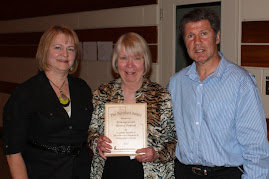









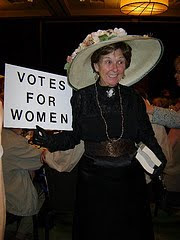
















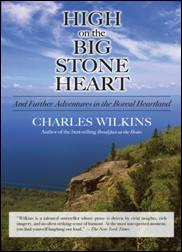





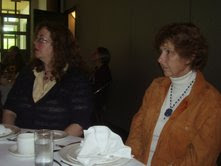



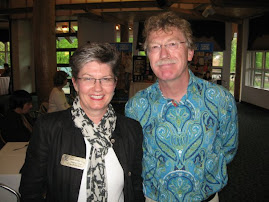


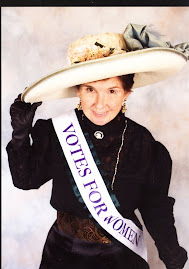













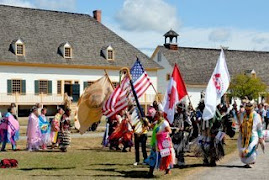















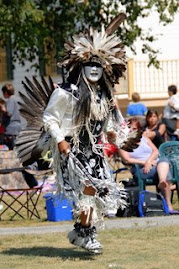

















No comments:
Post a Comment